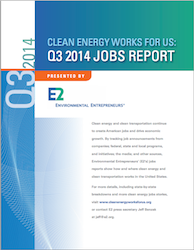 American ethanol exports could be expanding to Panama and Peru. Growth Energy officials, along with the U.S. Grains Council and the Renewable Fuels Association, took part in a market development mission to explore export opportunities for the green fuel to the Central and South American countries.
American ethanol exports could be expanding to Panama and Peru. Growth Energy officials, along with the U.S. Grains Council and the Renewable Fuels Association, took part in a market development mission to explore export opportunities for the green fuel to the Central and South American countries.
“The mission has been a great experience,” said [Alex Marquis, Logistics Manager of Marquis Energy, who represented Growth]. “The mission delegates met with a number of Peruvian government officials over the span of two days, and the access provided was impressive. Though more work and dialogue is needed to cultivate relationships with key Peruvian contacts, these discussions revealed that Peru’s burgeoning economy offers growth potential for American renewable energy groups,” Marquis added.
“Exploratory trade missions like these allow the industry to identify new market opportunities across the globe and raise awareness of the benefits of renewable fuels. Ethanol can play a key role in improving the global environment and reducing the world’s dangerous dependence on fossil fuels,” stated Tom Buis, CEO of Growth Energy.
Growth Energy also participated in trade missions to China, Korea and Japan earlier this year.










